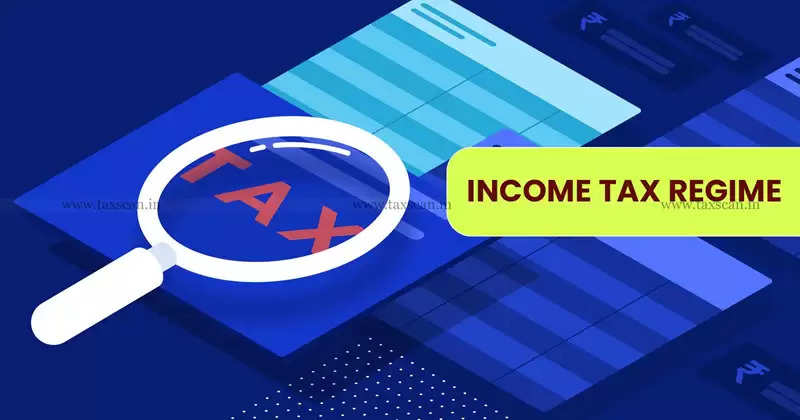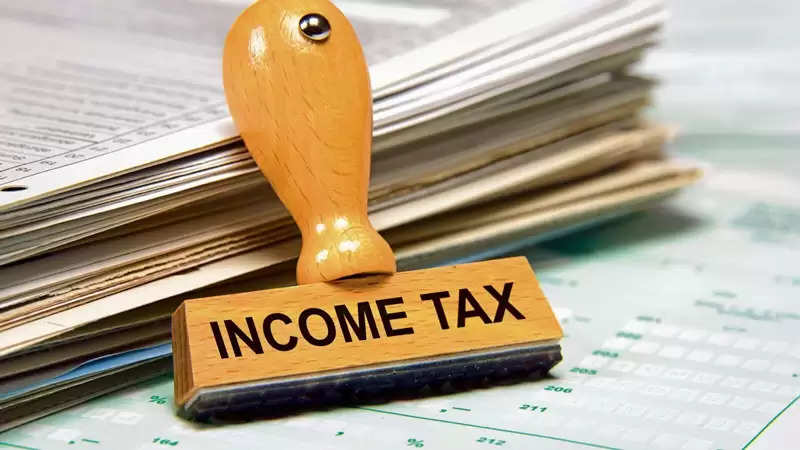Tax Regime Tips: What is the difference between new and old tax regime? How can one shift from the new tax regime to the old one?

Last year, the government had announced a new tax system in the budget. After this tax regime, people often become confused as to which of the two is best for the taxpayers. Every taxpayer has to select the tax regime before March. If he does not do this, he will automatically be selected in the new tax regime. If you have not yet selected the tax regime and the company has deducted TDS, then do not panic.

New tax regime tax slab
-In the new tax slab, there is no tax on annual income of Rs 2.5 lakh.
-If the annual salary is between Rs 2.5 lakh to Rs 5 lakh, then a 5 percent tax is levied.
-A tax of 10 percent is levied on annual income between Rs 5 lakh to Rs 7.5 lakh.
-Similarly, a 15 percent tax is levied on annual income of Rs 7.5 lakh to Rs 10 lakh.
-If taxpayers earn between Rs 10 lakh to Rs 12.5 lakh annually, then they have to pay tax at the rate of 20 percent.
-Taxpayers who earn annual income between Rs 12.5 lakh to Rs 15 lakh have to pay tax at the rate of 25 percent.
-At the same time, taxpayers whose annual income is more than Rs 15 lakh have to pay tax at the rate of 30 percent.
Tax slab of old tax regime
-In the old tax system, no tax has to be paid on annual income up to Rs 2.5 lakh.
-Taxpayers whose annual income is between Rs 2.5 lakh to Rs 5 lakh will have to pay tax at the rate of 5%.
-At the same time, if the annual salary is between Rs 5 lakh to Rs 10 lakh, then tax will have to be paid at the rate of 20 percent.
-If the annual income is more than Rs 10 lakh then 30 percent tax will be imposed.
If we talk about tax exemption, then the full benefit of tax exemption can be availed in both these tax regimes. In the new tax regime, there is no exemption under Section 80C of the Income Tax Act. However, taxpayers can take tax deductions up to Rs 50,000 under the standard deduction.
Whereas, in the old tax system, tax exemption is given under Section 80C of the Income Tax Act. In this, a tax benefit of up to Rs 1.50 lakh can be availed.
After selecting which tax regime we can avail more tax benefits.
If you have not yet selected the tax regime and the company has deducted TDS, then do not panic.
India's Finance Minister Nirmala Sitharaman had changed the income tax slab in Budget 2023. Apart from this, he also announced the new tax regime. Now income up to Rs 3 lakh has been made tax-free. The tax rebate limit has been increased to Rs 5 lakh.
In such a situation, if you have selected the new tax regime by mistake or even after thinking and now you want to go back to the old tax regime, then you can easily shift it.
Know what is the default tax regime
The default tax regime has become the new tax regime in this financial year 2023-24. In such a situation, even if any taxpayer has selected the old tax regime on April 1, 2023, the company will have deducted TDS under the default tax regime i.e. new tax regime.

Know what can change the tax regime?
The Central Board of Direct Taxes (CBDT) issued a circular related to the tax regime in April 2023. In this circular, he has not given any information about shifting or changing the tax regime. This means that there is no clarity yet on whether a taxpayer can change the tax regime or not.
However, according to many experts, if the company gives the taxpayer the option to change the tax regime, then the taxpayer can change or shift it. If this facility is not provided by the company then there is no cure.
You can choose a tax regime while filing ITR
According to Tax experts, taxpayers can select the tax regime while filing an ITR. Taxpayers can select any tax regime of their choice.
PC Social media
 (1).png)
